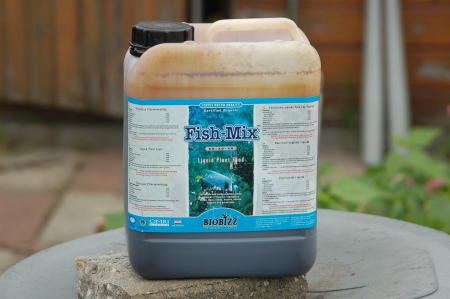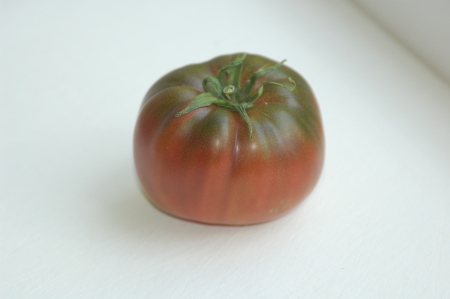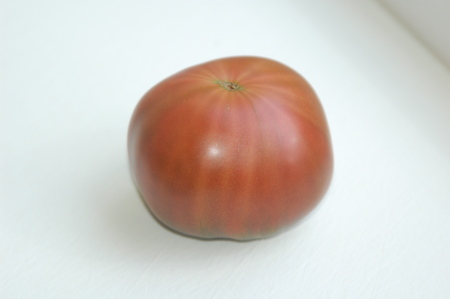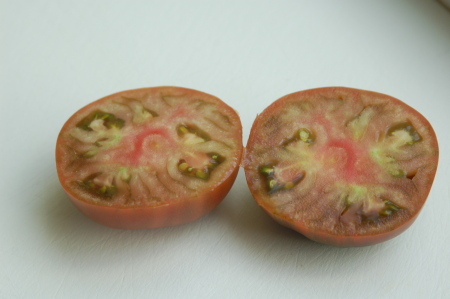If there was ever a controversial heirloom tomato, this must be it. It’s probably the first heirloom tomato I ever grew, and I really like it. If you look around on the Internet, you will see all range of comments on this tomato with most of them taking a very ambivalent stand. As well as being called Taxi, it’s sometimes called Yellow Taxi. It has quite a striking yellow color. It’s an early determinate variety.
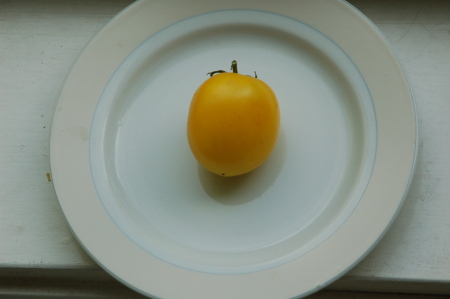
I got the seeds for this tomato from Seeds Trust about 5 years ago. Since then I’ve saved several generations of my own seeds. At the time Seeds Trust were the only source for this tomato on the Internet. Bill McDorman, the person who started Seeds Trust, is a reader of this blog and occasionally leaves comments.
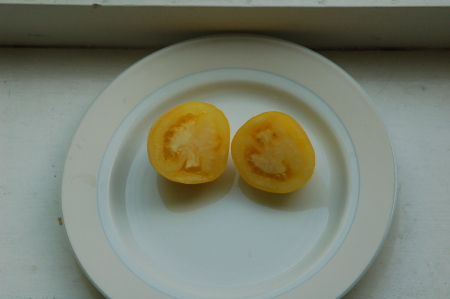
I have my own personal story that goes along with this tomato. In the late ’90s we were in Chicago, and decided to have dinner at Charlie Trotter’s restaurant. At the time it was considered to be one of the best restaurants in the US, and on top of that had a menu suitable for vegetarians which is very rare in this class of restaurant. It was so popular at the time we had to make reservations six months in advance, and men had to show up in a suit and tie. This isn’t our usual class of restaurant, so we were quite excited.
The theme of our vegetarian dinner was heirloom tomatoes!
We had never heard of heirloom tomatoes before, and at the time they were quite a novelty. Dinner took nearly 3 hours, where they brought us course after course of plates with tiny servings of dishes that all had heirloom tomatoes in them. I think it was about 15 courses, concluding with heirloom tomato ice cream for desert. It was really a wonderful experience, and the presentation of the meal was also excellent.
The tomato held out as the most special and most prominently featured on the menu was Yellow Taxi. It was really delicious.
Even now from time to time I see Taxi featured in seed collections of well known seed savers or heirloom plant collectors, but it doesn’t really seem to be a mainstream heirloom tomato because few seed companies seem to carry it.
I can’t honestly say it’s my absolute favorite, because there are quite a few other really excellent tomatoes around, but it remains one of my favorites nonetheless. It’s certainly the tomato that inspired me to start growing my own heirloom tomatoes.


